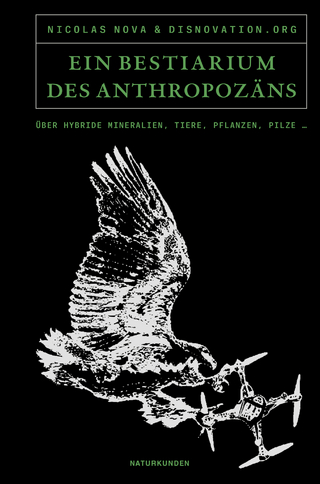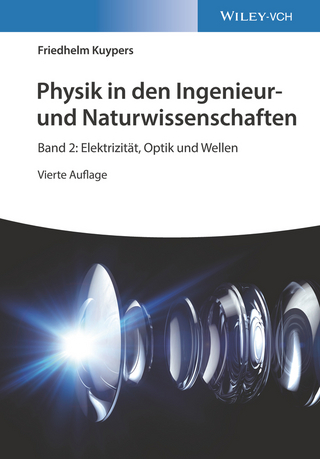
Antioxidant and Haemotological Properties of Nigella sativa, Carica papaya and Boswellia sacra. An Experiment
GRIN Verlag
978-3-346-08779-9 (ISBN)
- Titel nicht im Sortiment
- Artikel merken
Nigella sativa, Carica papaya and Boswellia sacra are medicinal plants in the commonly used in folkloric medicine due to the presence of its immense therapeutic properties. Fifty (50) female albino mice weighing between 15-22g were divided into five groups of 10 mice each. Animal in group 1 served as control group and were administered distilled water while animal in group 2 were given 2ml of cisplatin (orally). Animal in group 3-5 were given orally; 100 mg/kg (low dose), 200 mg/kg (medium dose) and 400 mg/kg (high dose) of triherbal preparation. The feeding regimens lasted for 28 days. After 28 days, mammary gland and blood samples were collected for haematological and antioxidant analysis.
The triherbal formula decreased the GSH and MDA levels of mice treated with 100 mg/kg and 400 mg/kg doses compare to control. The measurement of total protein content, SOD and CAT increased in treated animals compared to control. However, RBC (Red Blood Cell) counts significantly decreased in the low, medium and high dose groups (0.95±0.08, 6.57±0.08 and 3.55±0.55 x 106 cells/mm3 respectively) compared to control (7.34±0.40) at P<0.05. Also, significant decreases (P<0.05) in the level of the total WBC (White Blood Cell) count, platelet count, PCV (Packed Cell Volume) and Hb (haemoglobin) concentration were observed. The decreases were dose dependent. The MCH (Mean Corpuscular Haemoglobin) and MCHC (Mean Corpuscular Haemoglobin Concentration) except MCV (Mean Corpuscular Volume) significantly decreased in treated group only. The triherbal formulation exhibited significant antioxidant activities showing increased levels of SOD, CAT and Protein content due to activation of the enzyme involve in detoxification of free radicals and decreased in the level of GSH and MDA due to accumulation of peroxides and H2O2. Also, decreased in haematological parameters due to the presence of phytochemicals such as phenol, resins, saponins, sterols, tannis and terpenes in the triherbal formula.
Therefore, it has potential to induce haematotoxicity hence consumption of high concentrations should be discouraged.
Sowunmi, Kehinde Kehinde is passionate about helping organisations make sense of and apply academic research to benefit both the firm and the people who work there. He brings over 7 years' experience designing, implementing and evaluating leadership and organisational development interventions across emergency management, research , aged care, education, mental health and not-for-profit sectors. Kehinde is a teacher and researcher at the University of Lagos where He teaches science. His research interests focus on Genetics, Molecular biology, Cell biology, Bio informatics, Cancer research and work environments that promote wellbeing, productivity and thriving. With a background in leadership and talent strategy, his applied industry experience has focused on learning and development, leadership capabilities, research and succession planning. During this time Kehinde had a strong interest in the identification and development of future organizational leaders and her academic work continues in this area
| Erscheinungsdatum | 27.02.2020 |
|---|---|
| Sprache | englisch |
| Maße | 148 x 210 mm |
| Gewicht | 68 g |
| Themenwelt | Naturwissenschaften ► Biologie ► Allgemeines / Lexika |
| Naturwissenschaften ► Biologie ► Mikrobiologie / Immunologie | |
| Schlagworte | Antioxidant • Boswellia • carica • Experiment • haemotological • Nigella • Properties |
| ISBN-10 | 3-346-08779-4 / 3346087794 |
| ISBN-13 | 978-3-346-08779-9 / 9783346087799 |
| Zustand | Neuware |
| Haben Sie eine Frage zum Produkt? |
aus dem Bereich


